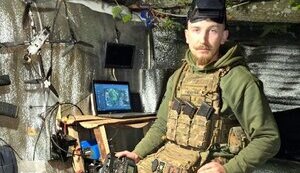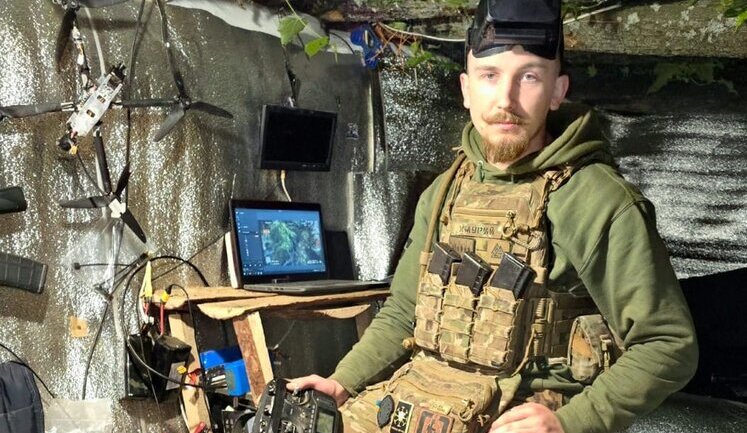FPV drones continue to play a critical role in Ukraine's defense against Russian forces. Russian troops have launched attacks on civilians in regions like Kharkiv and Kherson, using FPV drones to cause injuries and fatalities. Ukrainian forces, including the Phoenix and Dovbush units, have effectively countered these threats by using FPV drones to eliminate Russian positions, vehicles, and personnel, demonstrating advanced tactics and precision strikes. The development of unique surface drone carriers for fiber optic drones highlights Ukraine's innovation in this area. However, challenges remain, as a significant percentage of state-procured FPV drones have been deemed unfit for use, indicating potential supply chain and quality control issues. Understanding these dynamics is crucial in assessing the effectiveness and future of drone warfare in the region.
What are FPV drones, and how are they used in Ukraine?
FPV drones, equipped with cameras for real-time video transmission, are pivotal in Ukraine's defense strategy against Russian aggression. They perform surveillance, precision strikes, and target elimination, offering a strategic advantage on the battlefield.
How have FPV drones impacted civilian areas in Ukraine?
FPV drones have unfortunately been used by Russian forces to target civilian areas, causing deaths and injuries in regions like Kharkiv and Kherson. This has raised concerns over civilian safety and the need for countermeasures.
What innovations has Ukraine introduced in drone technology?
Ukraine has developed a unique surface drone carrier for fiber optic drones, showcasing its leadership in drone innovation. This advancement enhances their capabilities for specific military tasks and increases operational efficiency.
What challenges does Ukraine face with FPV drone supplies?
Ukraine faces issues with supply and quality control, as over half of its state-procured FPV drones are unfit for use. Addressing these challenges is vital for maintaining their strategic advantages in drone warfare.
How successful have Ukrainian forces been using FPV drones?
Ukrainian forces have successfully used FPV drones to eliminate Russian occupiers, destroy vehicles, and disrupt enemy logistics. Units like Phoenix and Dovbush have consistently shown effective operational outcomes using these drones.
What specific military actions involved FPV drones recently in Ukraine?
Recent actions include strikes by the Phoenix unit, which eliminated occupiers and hardware, and operations by the 'Dovbush’s Hornets' using FPV drones to target enemy vehicles and personnel, underscoring tactical effectiveness.
How have FPV drones enhanced Ukraine’s military strategy?
FPV drones enhance Ukraine's strategy by offering real-time intelligence and precise targeting capabilities, allowing for rapid response and effective engagement against Russian military forces, thus shifting battlefield dynamics efficiently.
In what ways have FPV drones been a liability in the conflict?
FPV drones have been liabilities when used by Russian forces to attack civilians, contributing to war crimes and humanitarian issues. The malfunction or mismanagement of these drones also poses risks for Ukrainian defense operations.







































































